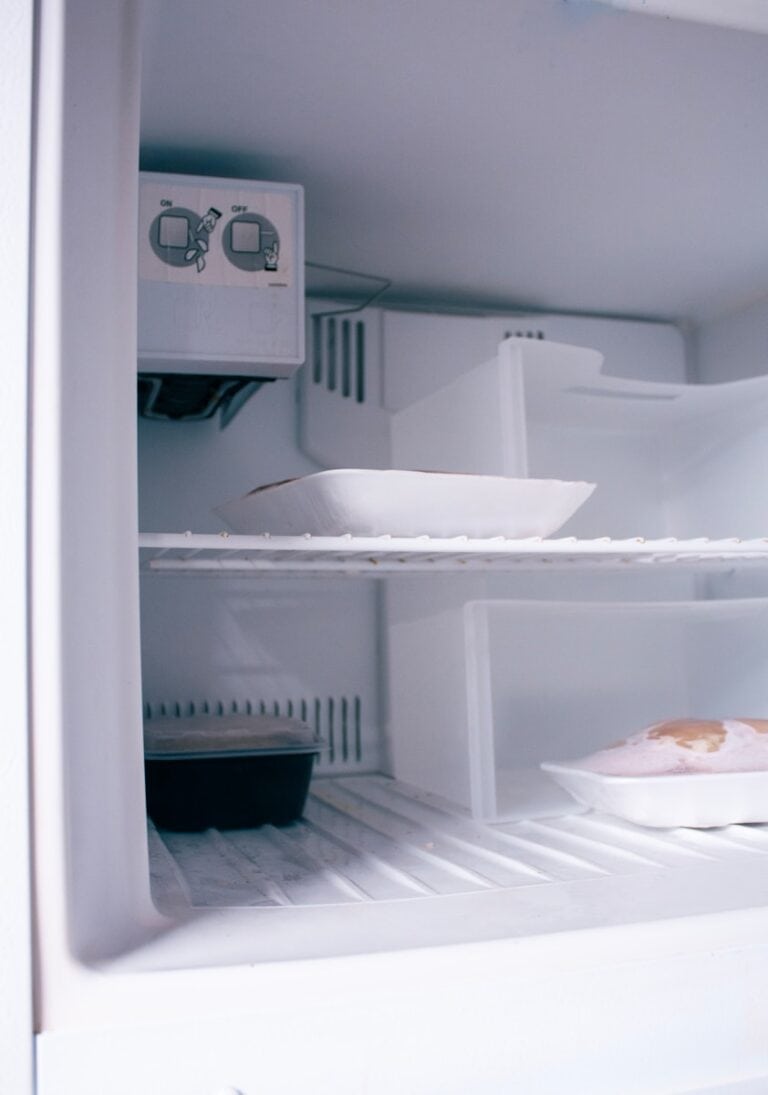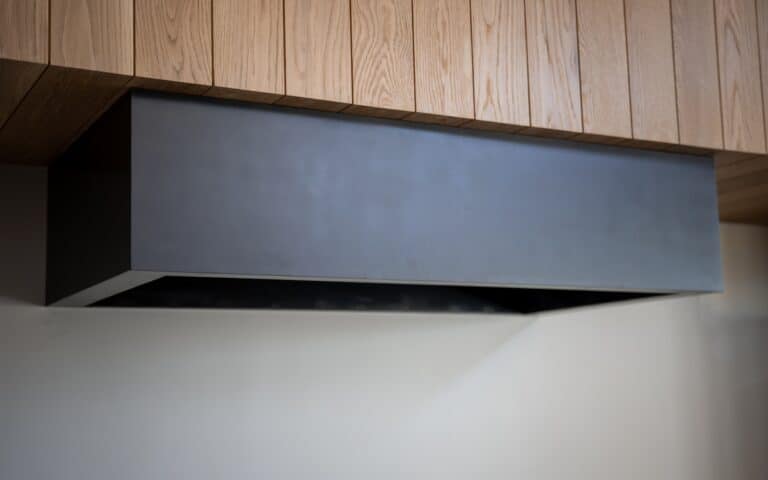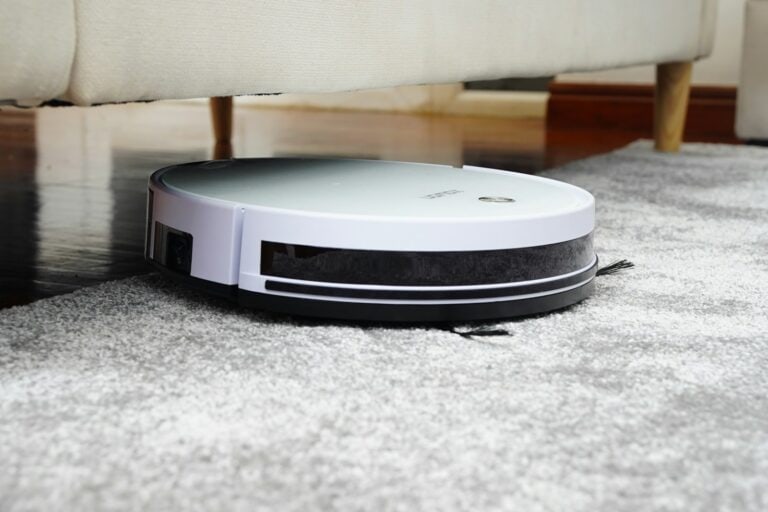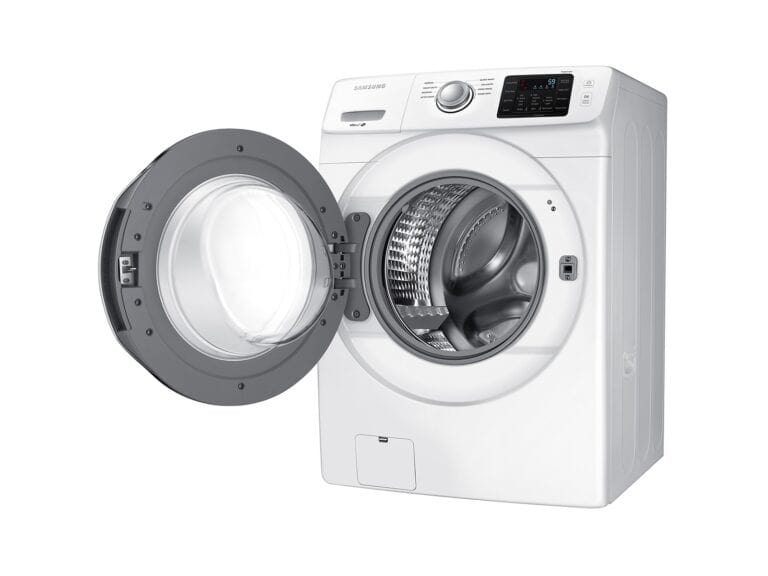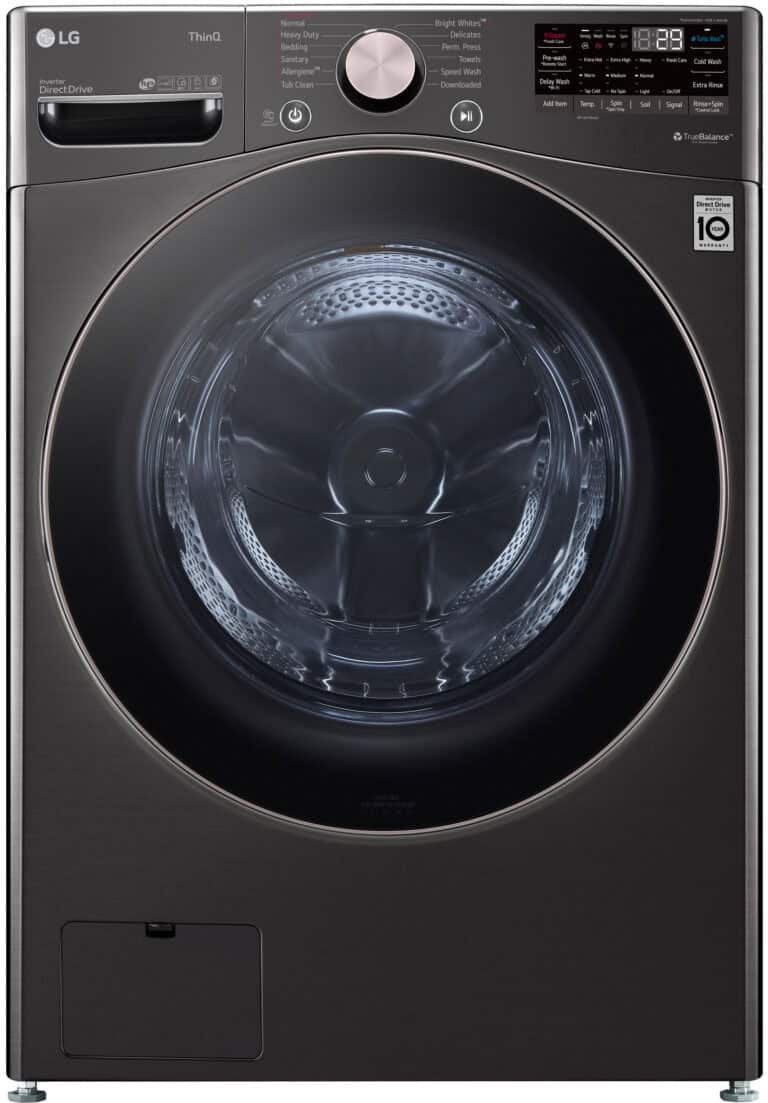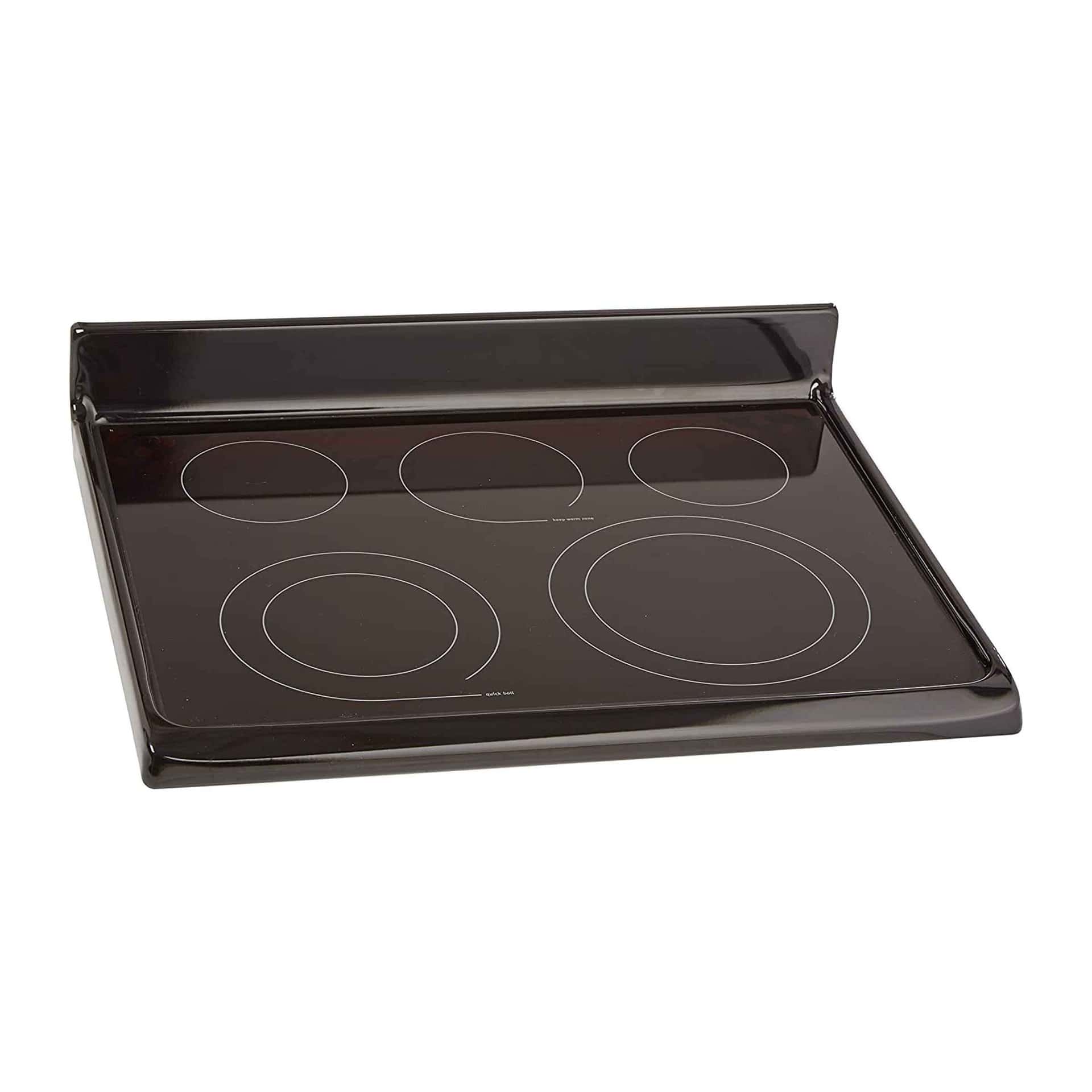
A cracked glass top stove can be a frustrating problem for any homeowner. Glass stovetops are popular for their sleek appearance and ease of cleaning, but they can be prone to damage. Minor cracks or scratches in a glass stovetop can often be repaired at home with the right tools and techniques.
The repair process begins with a thorough cleaning of the affected area. This step is crucial for ensuring the repair materials adhere properly to the surface. For small cracks, special glass repair kits designed for stovetops can be effective. These kits typically include a resin that fills the crack and hardens to restore the smooth surface.
Larger cracks or extensive damage may require professional attention or even replacement of the entire glass top. It’s important to assess the severity of the damage before attempting any repairs. Safety should always be the top priority when dealing with appliances that involve heat and electricity.
Dealing with a Cracked Stovetop
A cracked glass stovetop is a serious issue. It can be a safety hazard and affect your cooking. Unfortunately, you can’t fix a cracked glass stovetop yourself. DIY repair kits might seem tempting, but they won’t hold up to the heat and stress of a working stove.
Why DIY Repairs Fail
- High Temperatures: Stovetops get very hot. Most adhesives can’t handle this extreme heat and will melt or come apart.
- Expansion and Contraction: The glass on a stovetop changes size with heat. This movement will likely break any DIY repair.
- Safety Risks: A failed repair could lead to dangerous problems like electric shock or fire.
What You Should Do
- Stop Using the Stove: Turn off the stove immediately if you find a crack. This prevents further damage and keeps you safe.
- Check the Damage: A small crack that’s not over a burner might be okay to cover temporarily with a silicone hot pad. But this is not a fix.
- Call a Professional: The best choice is to call an appliance repair technician or a glass repair expert. They can tell you if the stovetop needs to be repaired or replaced.
- Think About Replacing: If the crack is large or over a burner, you will likely need a new glass cooktop.
Preventing Future Cracks
- Avoid Impacts: Don’t drop heavy things on the stovetop or hit it with pots and pans.
- Use the Right Cookware: Use flat-bottomed pots and pans that are the right size for the burner.
- Clean Carefully: Don’t use harsh cleaners or scrubbers that can scratch the glass.
- Temperature Changes: Don’t put a cold pot on a hot burner. Let the burner cool down first.
Choosing a New Cooktop
If your stovetop needs replacing, you have a few options:
| Type | Pros | Cons |
|---|---|---|
| Gas | Heats up quickly, precise temperature control, works during power outages | Can be harder to clean, potential gas leaks |
| Electric Coil | Affordable, easy to use | Can be slow to heat up, not as precise temperature control |
| Glass Top (Radiant) | Sleek design, easy to clean, heats up quickly | Can be more expensive, scratches easily |
| Induction | Fastest heating, most energy-efficient, safe (cooktop doesn’t get hot) | Requires special cookware, can be the most expensive |
Think about your cooking habits and budget to choose the best type of cooktop for you.
Key Takeaways
- Clean the damaged area thoroughly before attempting any repairs
- Use a specialized glass repair kit for minor cracks and scratches
- Consider professional help or replacement for extensive damage
Understanding Glass Top Stoves
Glass top stoves offer a sleek, modern cooking surface. They require specific care and maintenance to prevent damage and ensure longevity.
Types of Damage and Their Causes
Glass cooktops can suffer various forms of damage. Cracks are a common issue, often resulting from thermal shock. This occurs when hot cookware is placed on a cold surface or vice versa. Scratches may appear from dragging rough-bottomed pots across the surface.
Chips can happen if heavy objects are dropped on the cooktop. Burns and stains are another type of damage, caused by spills that aren’t cleaned promptly. Manufacturing defects, while rare, can also lead to cracks or weak spots in the glass.
To prevent damage, use appropriate cookware and avoid sudden temperature changes. Clean spills quickly to prevent staining.
Evaluating the Extent of the Damage
Assessing damage to a glass stove top is crucial for determining repair options. Small scratches or light stains may be fixable with specialized cleaning products. Deeper scratches or minor cracks might be repairable with a glass repair kit.
Severe cracks, especially those that span the entire surface, often require professional repair or replacement. Check if the crack affects the stove’s functionality or poses safety risks.
Inspect the damage under good lighting. Run a fingernail along the crack to gauge its depth. If you feel heat escaping or see any electrical components, stop using the stove immediately.
Preparation for Repair
Fixing a cracked glass top stove requires careful preparation. Safety measures and proper materials are essential for a successful repair.
Safety Precautions and Cleanup
Unplug the stove before starting any repair work. This prevents electrical accidents. Put on safety goggles and gloves to protect your eyes and hands from sharp edges.
Remove all loose glass shards carefully. Use a vacuum cleaner with a hose attachment to collect tiny pieces. Wipe the area with a damp microfiber cloth to remove dust and debris.
Place a towel or sheet around the stove to catch any falling glass. This makes cleanup easier and prevents scratches on the floor.
Gathering Necessary Materials
A glass repair kit is crucial for fixing the crack. These kits typically include:
- Epoxy resin
- Applicator
- Sandpaper
- Polishing compound
You’ll also need:
- Isopropyl alcohol
- Clean microfiber cloths
- Screwdriver (for some repairs)
- Razor blade or plastic scraper
Check your stove’s manual for any specific tools required. Some repairs may need a special heat-resistant adhesive.
Buy a kit that matches your stove’s glass color. Clear epoxy works for most cases, but tinted options are available for darker surfaces.
The Repair Process
Fixing a cracked glass top stove requires careful application of specialized products and precise techniques. The process involves cleaning, filling, and smoothing the damaged area to restore functionality and appearance.
Applying the Adhesive or Filler
Clean the cracked area thoroughly with a non-abrasive cleaner and soft cloth. Remove all dirt and grease to ensure proper adhesion. Use a heat-resistant adhesive or glass repair kit designed for cooktops. Apply the product carefully, following the manufacturer’s instructions.
For deep scratches, use a glass repair kit with a resin filler. Squeeze the filler into the crack, ensuring complete coverage. Some kits include a curing strip to place over the filled area. Allow the adhesive or filler to dry completely.
Finishing Touches for Minor Scratches
For minor scratches, a touch-up kit or clear nail polish can work well. Apply a thin layer of the product over the scratch. Let it dry fully before using the stove.
Buff the repaired area gently with a soft cloth to blend it with the surrounding surface. For best results, avoid using the affected burner for 24 hours after repair. This allows the fix to set properly.
Regular cleaning and maintenance help prevent future damage to the glass cooktop. Use only recommended cleaners and avoid abrasive materials that could cause new scratches.
Maintenance and Prevention
Proper care and regular maintenance are crucial for preserving glass stovetops. These practices help prevent damage and extend the appliance’s lifespan.
Proper Use of Cookware
Select cookware with smooth, flat bottoms to ensure even heat distribution and prevent scratches. Avoid using cast iron, ceramic, or stoneware pots directly on the glass surface. Opt for lightweight aluminum or stainless steel pans instead.
Lift pots and pans when moving them rather than sliding them across the cooktop. This reduces the risk of scratches and potential cracks. Keep pot sizes appropriate for burner sizes to prevent heat from spilling over onto cooler areas.
Use silicone or wooden utensils while cooking. Metal utensils can leave marks or scratches if dropped or scraped across the surface.
Regular Cleaning and Care
Clean the glass stovetop after each use once it has cooled. Wipe up spills immediately to prevent staining or burning onto the surface. Use a soft, damp cloth or sponge with mild dish soap for daily cleaning.
For tougher stains, apply a mixture of baking soda and water. Let it sit for 15 minutes, then wipe clean with a damp cloth. Avoid abrasive cleaners or scrubbers that can scratch the glass.
Use a glass stovetop cleaner once a week for a thorough clean. Apply the cleaner with a soft cloth, then buff with a microfiber towel for a streak-free shine.
Inspect the stovetop regularly for chips or cracks. Address small issues promptly to prevent them from worsening.
Frequently Asked Questions
Glass stove top cracks can raise many concerns for homeowners. Proper repair methods, costs, and safety considerations are key issues to address.
Is it safe to use a glass top stove with a crack in it?
Using a cracked glass top stove is not safe. Cracks can worsen with heat and pressure, potentially leading to shattering. This poses risks of injury and further damage to the appliance.
What is the average cost for repairing a cracked glass stove top?
Repair costs for a cracked glass stove top typically range from $150 to $400. The price varies based on the crack’s size and location. Professional repairs often provide better results than DIY methods.
How do you repair a hairline crack in a glass cooktop?
To repair a hairline crack, clean the area thoroughly with glass cleaner. Apply a glass repair kit or clear epoxy to the crack. Follow the product instructions carefully. Allow the repair to dry completely before using the stove.
What components are included in a glass cooktop repair kit?
A glass cooktop repair kit usually contains:
- Glass filler or resin
- Applicator tool
- Curing strip
- Smoothing tool
- Cleaning solution
These kits are designed for minor repairs and may not be suitable for large cracks.
How much does it generally cost to replace a glass stove top?
Replacing a glass stove top typically costs between $300 and $1000. The price depends on the stove model and brand. Installation fees may add to the total cost.
Where can I find a service for glass stove top replacement in my area?
To find glass stove top replacement services:
- Contact the stove manufacturer for authorized repair centers.
- Check local appliance repair shops.
- Search online directories for appliance repair specialists.
- Ask for recommendations from home improvement stores.
Compare quotes and service guarantees before choosing a provider.

